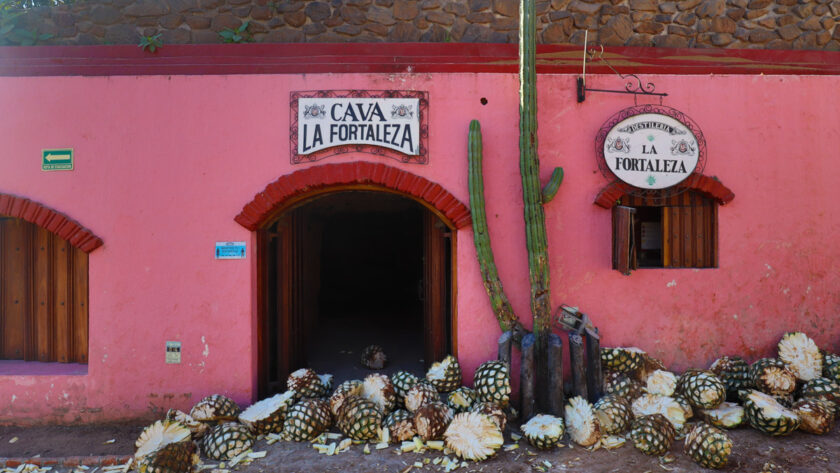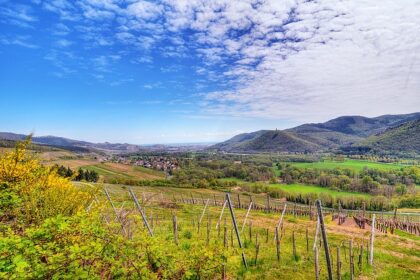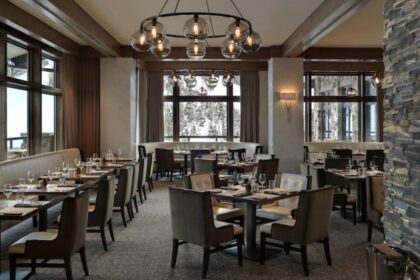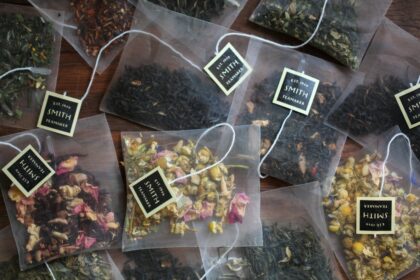By Paul Hudson. This guide to artisanal tequila distilleries in Mexico contains affiliate links to trusted partners!
Tequila is having a moment.
Both the beverage and the town are more popular than ever, and tequila the beverage is poised to overtake vodka as the favorite spirit in the United States.
The Tequila Valley in Mexico is in the middle of a wave of development with boutique hotels, a tequila castle, and major agave plantations going in.
There are a lot of options when it comes to visiting the state of Jalisco; but, this article wants to help you find the true artisanal tequila distilleries in Mexico.
Mexico’s Tequila Distillery Regulations
The Tequila Regulatory Council (CRT) has strict guidelines over what may and may not use the name tequila. There are regulations on where the agaves may be grown and how the tequila is made.
Even within that framework, that was originally meant to guarantee a high-quality product, there is a lot of leeway. Some tequilas taste better than others because they maintain an artisanal process measuring quality at every step.
Most of the great tequila distilleries in Mexico are open for tours. They are excited to share why their tequila tastes better than the mass-produced stuff.
Tequila tastings at the distillery are a memorable experience. Many of these brands build loyal consumers because of the experiences they create at the distillery.
There is a culinary element; but, there is also a cultural and historic element that is at the heart of the Mexican identity.
An Introduction To Tequila
Tequila is the name of a place that lent its name to a beverage. It is the Spanish name for the Náhuatl word, “Tekilan” – meaning place of workers or place of tributes.
There was a significant native population and a large ceremonial center in the nearby valley.
When the Spanish arrived in the 16th century they founded a town called Santiago de Tequila at the base of the volcano. It is an area with access to natural spring water that would sustain the town and later the tequila industry.
The Spanish brought with them copper alembic stills and quickly started looking for a suitable replacement for grapes. Native peoples had been cultivating agaves for centuries and using every part of the plant including the sugars. The agave hearts were cooked, eaten, and occasionally fermented.
The fermented juice of the cooked agave was the perfect ingredient to be distilled into a high-proof spirit – and the agaves were literally everywhere!
The Agave
There are around 200 different species of agaves throughout the Americas. More than 60 different agaves are used to make distilled spirits with regional variations. In the Tequila Valley, the Weber blue agave was common.

Today, the name “mezcal” is a protected trademark with an appellation of control. Back in the day, it was a distilled beverage made from any number of different agaves without regard to where it came from.
The Spanish word “mezcal” comes from the Náhuatl word “mezcalli” – which means cooked agave.
In Tequila, the distilled agave spirit was originally called “vino de mezcal” and later called “mezcal de Tequila”. Tequila started to develop its own style for making mezcal which preferred the Weber blue agave, agave tequilana, and steam ovens to cook the agaves.
This style of mezcal became so popular that cheap foreign imitations were being made with no legal repercussions. A group of tequila makers began to formulate the idea for a council that would regulate the intellectual property rights related to the name and the quality of the spirit.
How Is Tequila Made In Mexico?
Tequila is an agricultural product that starts with blue agave, a species that takes around seven years to reach maturity and develop the required sugar content.
A jimador harvests the agave plant and removes the sharp, pointy leaves. The remaining agave heart is called a piña.
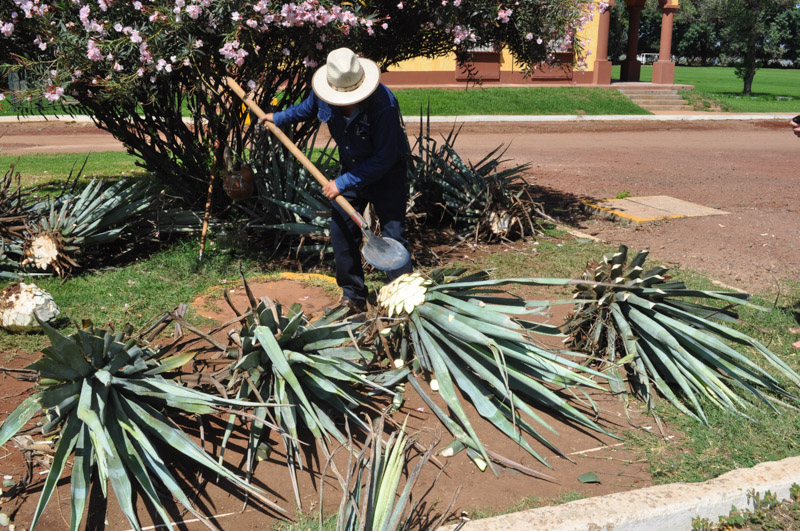
Agave piñas are halved or quartered in preparation for the cooking process. Artisanal tequila removes the cogollo or cluster of shorter leaves buried inside the piña because they taste bitter.
Agave cooking methods
The cooking process can take place in one of four different methods. The brick steam oven and autoclave (huge pressure cookers) are the most common.
Pit ovens – like those used for mezcal – are allowed but not common because they are so time-consuming.
The diffusor method is an industrial process, somewhat controversial, and not commonly used in artisanal tequilas. The diffusor is incredibly efficient in extracting all sugars from agave fiber but produces a rather insipid distillate that usually requires artificial flavorings.
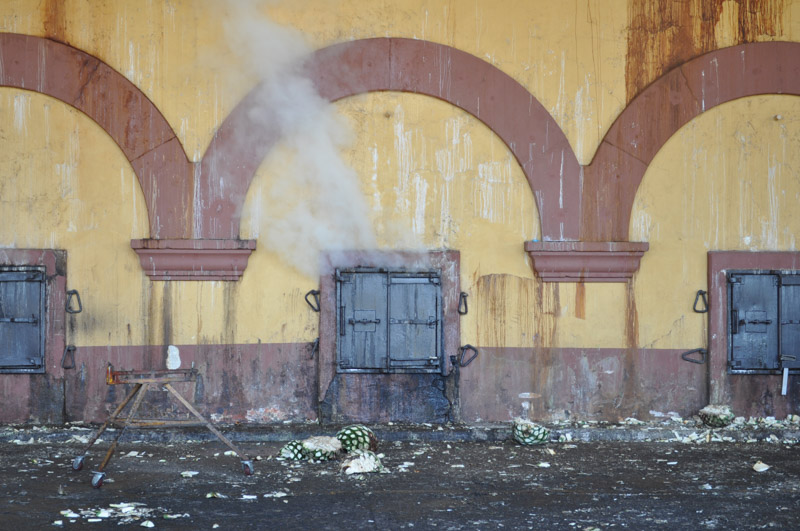
When done right, the cooking process is magical. The taste and smell of cooked agave is delicious. It is a very unique flavor that is unlike any other alcoholic drink.
After cooking, agaves are moved to a grinding mill to extract the sugars from the fibers. The process uses water to wash the sugars out of the fibers.
Fermentation and distillation
Fermentation is the process by which yeast turns sugar into alcohol. Many of the established tequila makers rely on yeast from the environment for fermentation but there are also laboratories supplying different strains of yeast.
Mexico has a long tradition of fermenting beverages such as tuba, tepache, and tejuino. Cooked agave is just one of the ingredients that has been fermented for over a thousand years.
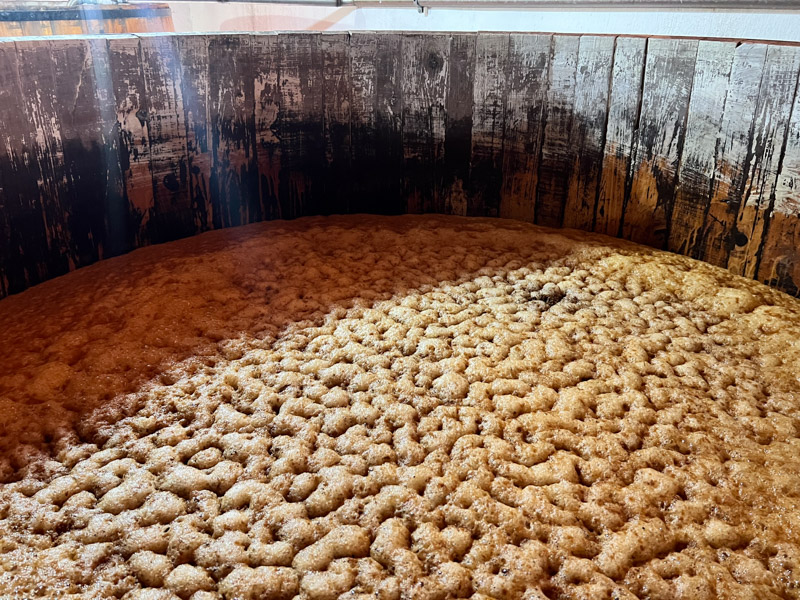
The cooked agave juice is allowed to ferment for three to four days, with seasonal temperatures changing the speed of fermentation. It takes longer to ferment when it is cold.
Once the fermentation process reaches the adequate level of alcohol by volume, the liquid is moved to the alembic stills.
Distillation is the process of separating the alcohol from the agave juice with heat. Alcohol evaporates at a lower temperature than water. The evaporite is captured and cooled where it returns to a liquid form.
Tequila is typically distilled twice:
- After one distillation the liquid is called “Ordinary Tequila”.
- After the second distillation, the level of alcohol can reach somewhere between 50% and 60% alcohol by volume (ABV).
Some of the finest tequilas on the market are bottled direct from the still with a high ABV level. Tasting tequila direct from the still is the best way to find imperfections, if they exist.
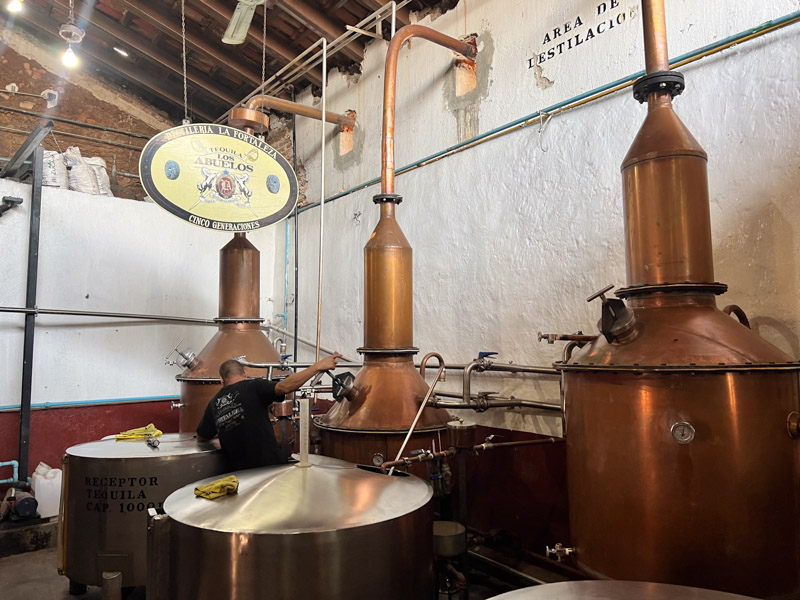
Aging tequila
Tequila is sometimes aged. Most tequila blanco is not aged but by regulation, they may spend up to two months in oak barrels of any size.
- Tequila reposado is rested in oak barrels for no longer than 1 year.
- Tequila añejo spends between 1-3 years in oak barrels no larger than 600 liters (158 gallons).
- Tequila extra añejo has been aged for more than three years. Tequila joven is a blend of several different types of tequila and often includes non-agave sugars.
The two main classifications are “tequila” and “100% de agave”. You want to make sure the bottles of tequila that you are buying are 100% de agave. The general tequila is mixed with other sugars that can dilute the taste of the cooked agave.
What sets artisanal tequila apart
After the tequila has been aged and is ready to bottle there is one last stage of production. Rectification is where the chemists come in to standardize the product. Industrial tequila needs to produce the exact same bottle of tequila, the same color and flavor profile, no matter where the agaves come from.
The level of alcohol is dictated by local laws and can not vary at all. High-proof tequila is expensive in Mexico because of an additional tax on the higher alcohol level.
The CRT allows for up to 1% of other additives that do not have to be disclosed on the label. Additives include caramel color, glycerine, oak flavor, or flavored sugar syrups. Some of that celebrity tequila has subtle flavors of vanilla birthday cake or mixed fruits that are not from the agave.
What really sets artisanal tequila distilleries apart from commodity distilleries is that they certify they do not use additives. They focus on the quality of their tequila at every stage of the production process without cutting corners. Tequila is meant to taste like agave, not birthday cake.
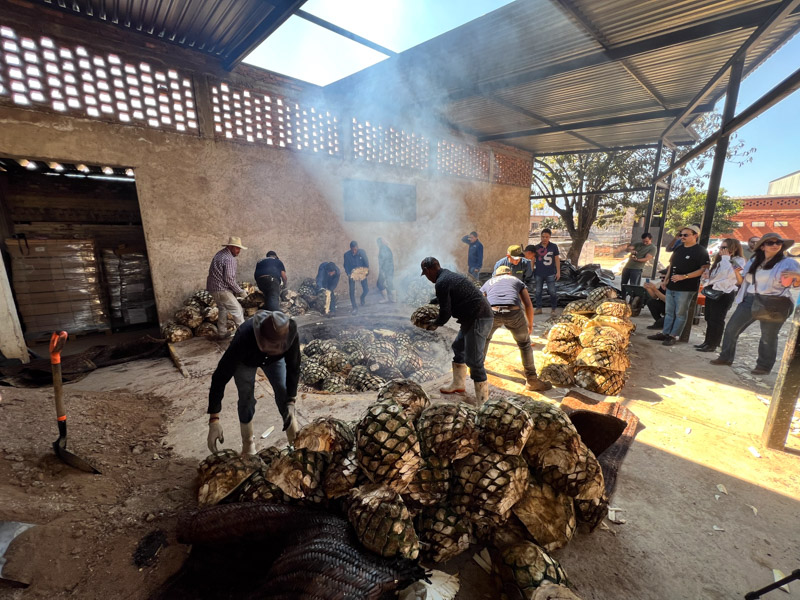
Where To Find Tequila Distilleries In Mexico
Much like Champagne and Chianti, tequila also has an appellation of origin. There are restrictions over where the agaves may be grown and where the tequila distilleries may be located. Only authorized distilleries with an official NOM (Norma Oficial Mexicana) number may produce a distilled agave spirit and sell it as tequila.
There are five states authorized to make tequila, but Jalisco is the heart of the tequila industry. All 125 municipalities of Jalisco are allowed to make tequila while only some municipalities of Nayarit, Guanajuato, Michoacan, and Tamaulipas are included.
The easiest way to access Mexico’s Tequila Trail is to fly into Guadalajara and arrange transportation from there. Guadalajara is a major metropolitan area with unique culinary experiences, great tequila bars, excellent tours, and fun things to do.
There are two main tequila-producing regions in the state of Jalisco that are easily accessible from Guadalajara:
- Región Valles
- Los Altos de Jalisco
The Valles region includes 11 municipalities around the Tequila Volcano and is less than an hour from Guadalajara.
The tequila industry in Los Altos is centered around Arandas, Jalisco – which is less than two hours away from Guadalajara.
There are excellent tequila distilleries in five different states; but, Jalisco has the highest concentration of artisanal distilleries with easy access to a major international airport.
Artisanal Tequila Distilleries In Mexico Worth The Trip
Many of the top artisanal tequila distilleries are open for tours and tastings. It is important to reach out to them in advance, as tours are almost exclusively by reservation only.
Tequila Los Abuelos, NOM 1493
Address & Map: Calle Tabasco 153, Centro, Tequila, Jalisco
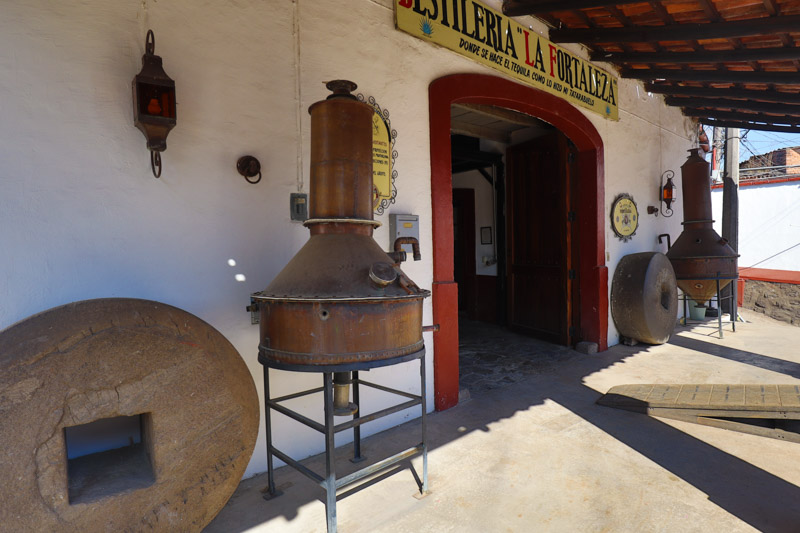
Many people in the United States will recognize the Tequila Los Abuelos bottle as Tequila Fortaleza. It is the exact same tequila. The parent company is called Los Abuelos in Mexico and the distillery is called La Fortaleza.
Unfortunately, they couldn’t import to the US under the name Los Abuelos because there was already a Panamanian company that owned the trademark for El Abuelo Rum, and the lawyers got involved.
Tequila Los Abuelos imports to the United States as Tequila Fortaleza. But if you look underneath the label, every bottle of Tequila Fortaleza is stamped with the Los Abuelos logo of the parent company.
The reason the tequila is called Los Abuelos is a reference to the gentleman who started the company:
Guillermo Erickson Sauza comes from a long line of tequila makers. His ancestors, the Sauza family, were incredibly influential in the history of tequila. They helped define the style of vino de mezcal from the Tequila region and helped put together the council that would protect tequila with trademark law.
In the 1970s, Tequila Sauza merged with a Spanish brandy maker that was later acquired by a multinational beverage conglomerate. The Sauza family would no longer be involved in the operation of the tequila distillery but they got some money and kept much of their property in Tequila.
In the 1990s, Guillermo Erickson Sauza moved back to Tequila and started experimenting with the old family distillery.
The cooked agave was stone ground with a tahona (a big stone wheel), fermented in open-air wooden casks, and distilled in copper pot stills – just like it was back in the old days.
It is a slow process but the final product surprised everyone by how delicious it was.
Guillermo helped set in motion a sort of Renaissance in tequila making. Tequila was getting ready to become really popular and Guillermo was out front teaching people the history and cultural significance of artisanal tequila
Tequila Los Abuelos should be at the top of your list of distilleries to visit. They make one of the finest tequilas on the market but they also have an ancestral connection to the city of Tequila. They are preserving a little bit of history while the rest of Tequila is building mega projects.
Tequila Cascahuín, NOM 1123
Address & Map: Calle Ferrocarril 140, San Juan de Dios, El Arenal, Jalisco
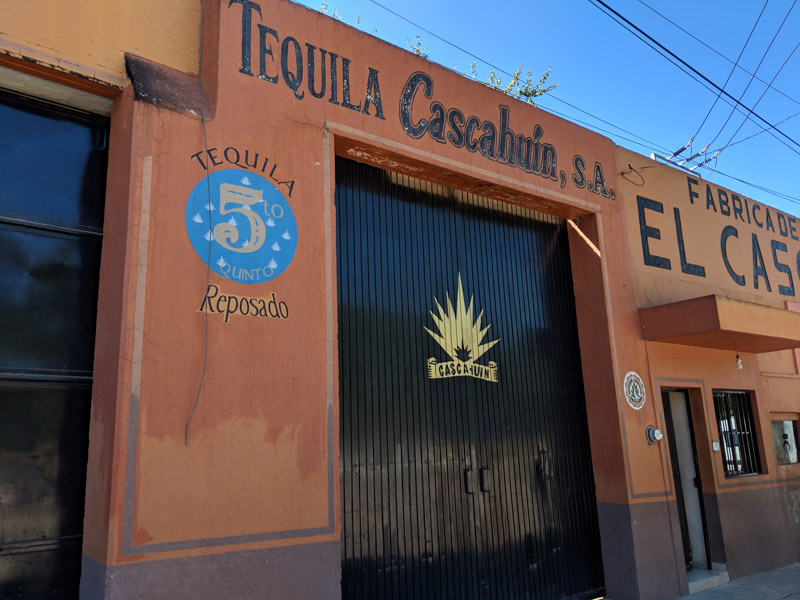
Cascahuín has been an underground local favorite tequila that is becoming much more well-known on the international stage.
They produce a line of artisanal tequilas under their own label; but, they also make a number of tequilas for other exceptional brands like Siembra Valles, ArteNOM, and Wild Common.
The name Cascahuín comes from prehispanic roots whose interpretation is “hill of light” or “party in the hills”. There is a nice view of the Tequila Volcano from their property.
The distillery is located in El Arenal, Jalisco which is a part of the Valles region. El Arenal is a small farming town on the free road between Guadalajara and Tequila with good food and excellent drinks.
The Rosales family has been in the tequila business since 1904.
One of the things that sets this distillery apart from many other tequila distilleries is the interest in experimentation.
Every year they release a special edition tequila that is excellent for tasting next to their regular line of artisanal tequilas.
There are a lot of variations that one can make in the process. In 2022, the 11 Brix special edition blended three different types of fermentation tanks: stainless steel, cement, and wooden casks.
Cascahuín has been the distiller of choice in the Valles Region for David Suro of Siembra Spirits (David’s book, Agave Spirits, was released on May 16, 2023).
At David Suro’s request, Cascahuin built an underground pit oven like those used to make mezcal. The agaves take a week to cook and cool and are manually crushed with clubs. The process is ancient and time-consuming; but, the final product is unlike anything being sold as tequila at this time.
It goes to show how open the Rosales family is to trying new things and hanging out with the most knowledgeable people in the spirit business.
Beyond all of their commercial success, the Rosales family are good people that are a lot of fun to hang out with. Their back patio is one of the most enjoyable and educational places to taste tequila in the world.
La Alteña Distillery, NOM 1139
Address & Map: Carretera Arandas-Leon Km. 6 S/N, Rancho El Nacimiento, Arandas, Jalisco
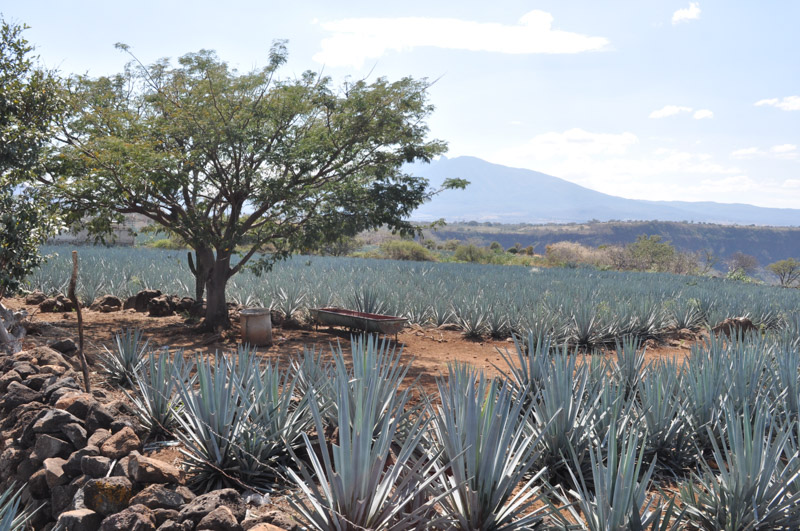
La Alteña Distillery is another one of Jalisco’s most treasured institutions. Originally founded in 1937 by Don Felipe Camarena Hernández, the Camarena family would go on to found many of the most respected brands of tequila made in the Los Altos of Jalisco.
The Camarena family comes from a long line of tequila makers. They are related to the Cuervo family, the Salles-Cuervo family, and the Orendain family – all iconic tequila-making families.
Today, Carlos Camarena is the master distiller at La Alteña where they produce the brands Tequila Tapatío and El Tesoro de Don Felipe. La Alteña was also the home of Tequila Ocho until recently when they inaugurated the new Los Alambiques distillery.
One of the special features of the Alteña distillery is the commitment to the environment. If you’re looking to explore eco-friendly Mexico, this distillery is a top pick.
They were one of the early collaborators of a project by the National Autonomous University of Mexico (UNAM) to protect the natural pollinators of agave plants. The Bat Friendly Project certifies tequila and mezcal brands that allow 5% of their agave plants to flower.
Most agave propagation is through cloning. Allowing a plant to flower means that the plant can not be used for tequila.
When a plant flowers, bats, and hummingbirds will cross-pollinate with other plants to create more genetic biodiversity. Too many clones with identical genetics make the tequila industry susceptible to a plague like the one that hit wine grapes in the 19th century.
La Alteña Distillery has a real dedication to the culture of tequila and the agricultural industry that supports it. They truly are one of the finest artisanal distilleries in Mexico.
El Pandillo Distillery, NOM1579
Address & Map: Carretera Jesús María Las Pomes Km. 5, Rancho El Pandillo, Jesús María, Jalisco
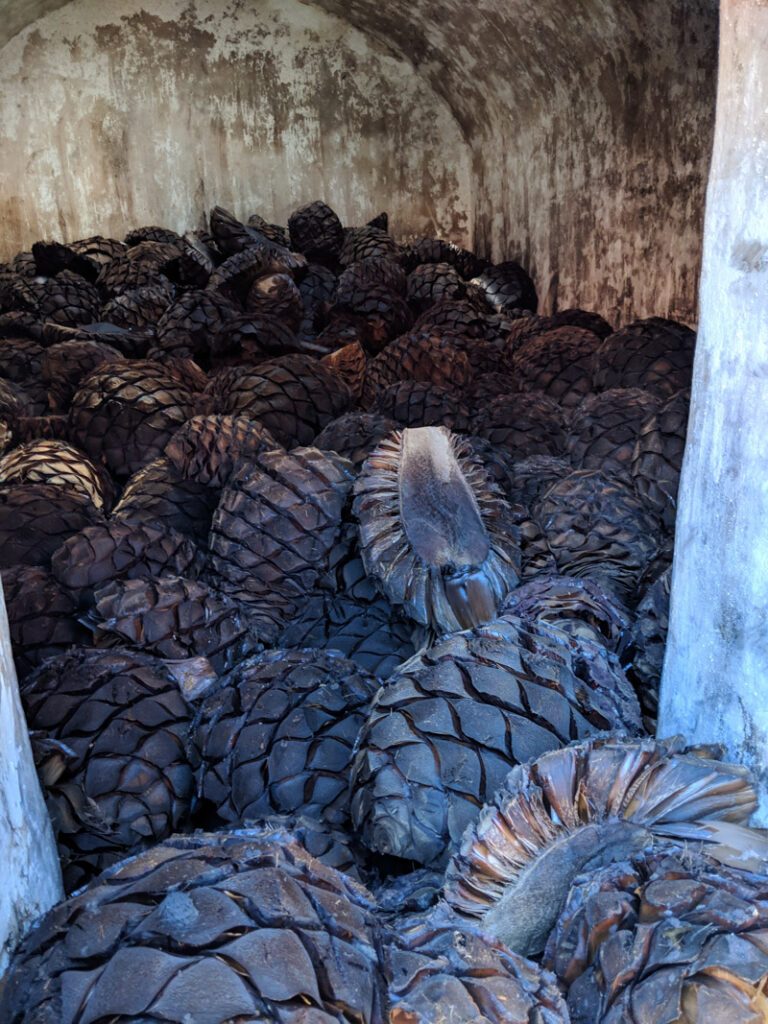
El Pandillo Distillery is one of the most famous distilleries in tequila country. Master distiller Felipe Camarena – Carlos Camarena’s cousin – is a civil engineer by education; however, tequila has always been in his blood.
He applied an engineering mindset to improve the efficiencies of a tequila distillery while staying true to the flavors of good tequila.
The ovens at El Pandillo have been modified to apply steam from both the bottom and the top of the agave pile for a more uniform cooking process.
Felipe built a mechanical tahona (big stone wheel) out of recycled parts he found in a junkyard. The electric motors powering the tahona and agave shredder use a small fraction of the energy used in traditional methods.
Los Altos de Jalisco region does not have as much water as other parts of the state, and El Pandillo is at the forefront of rainwater collection. Even the heat coming off of the stills is redirected to warm a pre-fermentation tank.
Fermentation takes longer in the cold winter months and pre-heating increases yields and ultimately saves energy.
This distillery is located in the community of Jesús María, Jalisco. This is not far from the city of Arandas, a major hub of tequila production.
Felipe Camarena’s signature tequila is called G4 in reference to the four generations of tequila makers that contribute to the process. Allan and Luis are Felipe’s sons who are the fourth generation.
Tequila Tours In Mexico
If you’d prefer to explore the distilleries in Mexico with a guide and included transportation, here are some top-rated tequila tours in Jalisco:
- Full-Day Tequila Tour from Guadalajara
- Tequila Distillery Experience, Jose Cuervo & Tequila Magic Town
- Premium Master Tequilero Experience in Guadalajara
- Tequila & Mezcal Tasting at Your Place
- Best of Tequila & Guachimontones Pyramids in One Day
- Tequila Day Trip from Guadalajara with Jose Cuervo Express Train
Click here for a full list of tours in Jalisco.
Tips For Doing A Tequila Tasting In Mexico
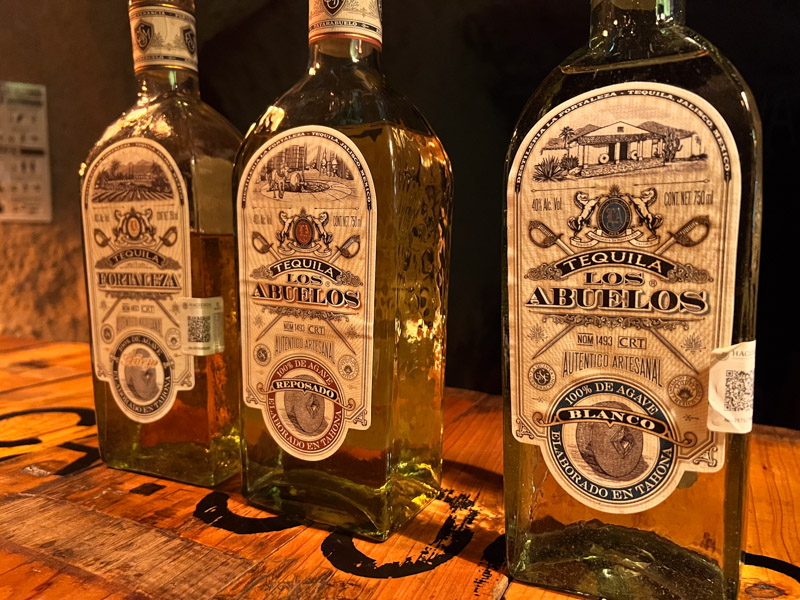
Tequila tastings are a lot of fun. Interestingly, there is a lot of similarity between a wine tasting and a tequila tasting. The host should spend a little time coming up with a theme while they are selecting the tequilas to taste.
Popular tequila-tasting flights
There are two very common tequila-tasting flights. The first is to select several bottles (from two to four) of the same type of tequila. For example, four bottles of tequila blanco from different makers and different regions.
The second tasting is more common at a tequila distillery. The distillery will load the flight with all of the tequilas in one label. Fortaleza blanco, Fortaleza reposado, and Fortaleza añejo.
It is best to find some thread that ties all the tequilas together as opposed to serving an extra añejo from one distillery next to a blanco from another distillery. That is unless those tequilas were your favorites from your trip to Jalisco.
Print out some tequila flavor charts to use as placemats where guests can write down some observations.
Tequila tasting glassware
Try to use open-mouth glasses or champagne flutes if possible. Shot glasses are the worst option because much of the aroma escapes. There are some really cool tequila glasses for sale on Amazon if you will be doing this often.
Savor the tequila
Remind your guests to look, smell, taste, and contemplate the tequilas.
In the taste part, many new tequila drinkers will benefit from the “besito.” Rather than taking a mouthful of tequila, start by just wetting the lips.
This allows the palate to acclimate to the high alcohol content. Let the tequila sit on the lips for a few seconds before taking another sip.
Whether you’re savoring your drink in someone’s home or at one of the many tequila distilleries in Mexico, remember this:
Tequila is meant to be savored rather than shot. There are both primary and secondary notes that are not appreciated when it is shot.
Where To Stay In Jalisco, Mexico
Looking for accommodation in Jalisco?
Click here for a list of top-rated hotels, including some of the top vegan hotels in Mexico for plant-based travelers.
Prefer self-contained stays?
Click here to view a map of top-rated rentals and accommodations, or check out the map below. It’s currently set to Guadalajara, but you can easily change it to your preferred home base:
Mexico Travel Insurance
When visiting Mexico — or anywhere else in the world — it’s wise to get travel insurance.
One of the best travel medical insurance for travelers is SafetyWing as they’ve got a large network and offer both short-term and long-term coverage — including coverage if you’re traveling for months as well as limited coverage in your home country.
Additionally, SafetyWing is budget-friendly and offers $250,000 worth of coverage with just one low overall deductible of $250.
Click here to price out travel insurance for your trip in just a few clicks.
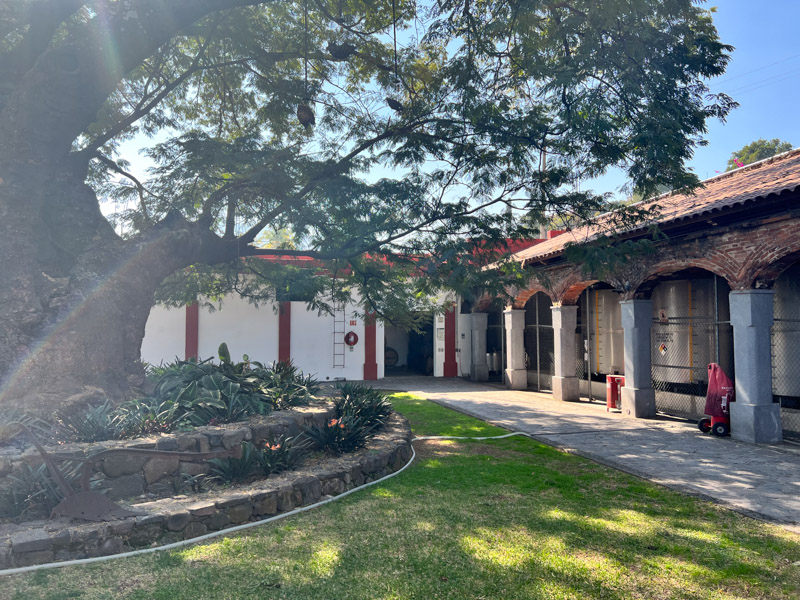
Final Thoughts On Tequila Distilleries In Mexico
Visiting artisanal tequila distilleries in Mexico is an enjoyable experience. There is a great deal of history and culture that goes into each bottle of tequila that we drink.
Each tequila manufacturer has their own processes that will shape the final product. Artisanal tequila focuses on quality at every stage of the process. The emphasis is on quality over quantity.
All of the tequila distilleries that we have looked at are certified additive-free. The agave is the highlight of the flavor profile and not an artificial flavoring.
Come to Jalisco and visit a tequila distillery. It is a beautiful experience.
What are your favorite artisanal tequila distilleries in Mexico?
Enjoyed this guide to the top tequila distilleries in Mexico? Pin it for later!
Bonus Mexico Travel Resources:
6 Authentic Cultural Activities In Mexico’s Yucatan Peninsula
Vegan & Vegetarian Food In Mexico: The Ultimate Guide
Exploring Mezcal & Mushrooms In The Land Of The Zapotec
Eco-Tourism In Mexico: The Ultimate Guide
About The Author
Paul Hudson is a food, travel, and surf enthusiast who writes about Mexico on his blog Playas y Plazas. Originally from Southern California, Paul has lived in Guadalajara since 2009. He has a BA in Global Economics from UC Santa Cruz (Go Banana Slugs!) and speaks English and Spanish fluently. He can often be found exploring the Pacific Coast of Mexico looking for isolated beaches, fun waves, and exotic foods.
Paul Hudson
Latest posts by Paul Hudson (see all)
- Artisanal Tequila Distilleries In Mexico You Have To Visit - May 27, 2023

